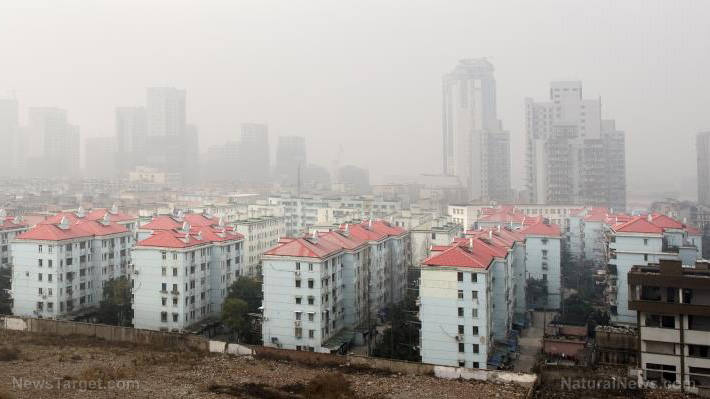
While there have been many studies about the detrimental effects of air pollution on a person's health, the team stated that these were conducted in highly-developed regions such as North America and Europe, which is not indicative of most regions where air pollution is rampant. "Data are scarce for developing countries, where the diabetes burden is greater and air pollution is severe, such as China," the researchers wrote. "Additionally, prevalence, incidence, and mortality for diabetes in most published studies were based on self-reports, administrative databases, or hospital discharge records, which were not validated by doctors."
For this study, researchers wanted to look at how long-term exposure to air pollution is linked to the rising incidence of diabetes across China. To do this, the team used data from the 33 Communities Chinese Health Study (33 CCHS), a large cross-sectional study that was conducted in Liaoning province in northeastern China, which had high emission levels because of widespread fossil fuel combustion. Additionally, incidences of cardiovascular diseases and their risk factors were also high in the area. These factors provided the team with the environment to conduct an in-depth investigation of air pollutants and glucose-homeostasis.
Based on air pollution data from 2006 to 2008, the cities of Shenyang, Anshan, and Jinzhou were selected. These were then whittled down to randomly-selected districts within the cities until 33 communities were chosen for the study. Participants from up to 1,000 households were then chosen, and pertinent data including sociodemographics, socioeconomic status, behavioral habits, and other health information were collected using a questionnaire. Behavioral factors included alcohol consumption, current smoking habits, and exercise status, among others.
The participants were then asked to fast overnight, with researchers conducting the oral glucose test the morning after. Data gathered from this method included fasting and two-hour insulin and glucose concentrations, as well as the homeostasis model assessment of insulin resistance index and β-cell function, which were used as glucose-homeostasis markers.
This was then compared with air pollutant data from monitoring stations, which included PM10 – that is, PM that has a diameter of 10 micrometers or less, sulfur dioxide, nitrogen dioxide, and ozone. A spatial statistical model was also used to predict data for PM2.5 and PM1.
The results revealed that all studied pollutants were positively identified with diabetes, with the association being the strongest with PM10 and nitrogen oxide. This association was also seen in people who were less than 50 years old after the results were stratified by age, as well as those who are overweight and obese. They also found higher concentrations of fasting glucose, two-hour glucose, and two-hour insulin.
The results of this study – as well as previous ones – according to the authors, highlight the need to explore the relationship between diabetes and air pollution. "In the future, additional studies should explore the effects of multiple-pollutant interactions and differentiate air pollution sources and chemical components, particularly in middle-income and low-income countries," they concluded.
They also appealed to policymakers of these respective countries to expedite measures to intervene with air pollution. (Related: Air pollution now comes from consumer and industrial products as much as vehicles.)
Do your part in reducing air pollution by learning more about it and heading to Pollution.news today.
Sources include:
Please contact us for more information.























